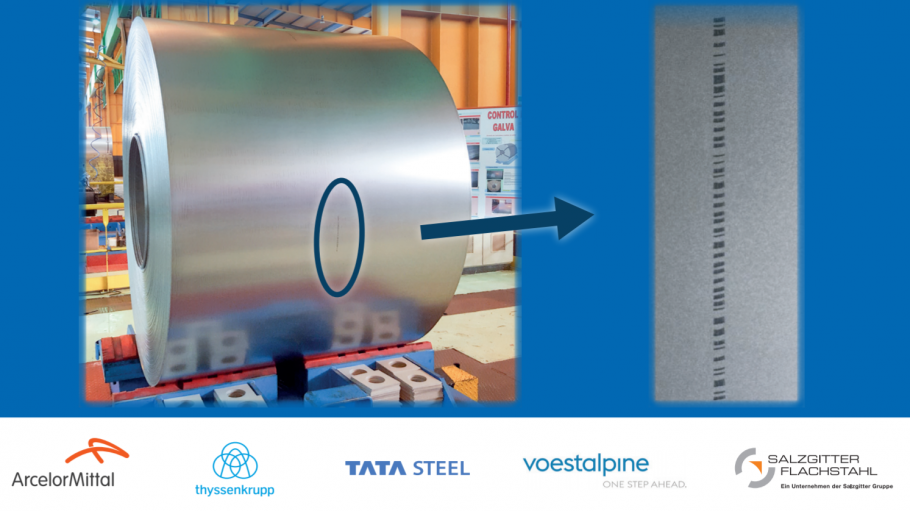
Publications » Brochures, booklets or fact-sheets » Quality Tracking System for Steel Coils
Quality Tracking System for Steel Coils
Downloads and links
Recent updates

Flat steel products, such as sheets, are often delivered to customers as coils. Coils are easier to transport as several hundred metres of steel can be shipped in a relatively compact load. However, steel coils can have isolated quality issues – imperfections – at points along their length. These isolated flaws can disrupt customers’ processes as finished parts containing the imperfections may be rejected during quality control.
As early as the 1990s, steel coil users began expressing their interest in an information tracking mechanism capable of tracing these imperfections. Steel producers have worked together since then to develop a technology that can track coil information with a high degree of precision. This technology is called the Quality Tracking System. The main function of the Quality Tracking System is that it can provide additional information about the coil without requiring changes to any quality standards.
In addition, the Quality Tracking System can also be an enabler for companies that are looking to transition to Industry 4.0.
Download this publication or visit associated links
Brussels, 22 October - Ahead of the European Council meeting on 23 October, Europe’s steel and automotive industries — two strategic pillars of the EU economy — are issuing a joint call for a realistic and pragmatic pathway to transformation and keeping investments in Europe. Together, these sectors form the backbone of Europe’s industrial strength, supporting over 13 million jobs in automotive and 2.5 million in steel (directly and indirectly), and driving innovation across entire value chains.
Joint Statement
Strasbourg, 07 October 2025 – The new trade measure presented today by the European Commission is a long-awaited proposal to forcefully defend the European steel sector, in full respect of WTO rules, from unfair imports flooding the EU market due to massive global overcapacity. The provisions unveiled by the Commission respond to the needs of the sector and represent a real lifeline for EU steelmakers and steelworkers. The European Parliament and the Council should therefore adopt it as a matter of urgency to enable its entry into force at the beginning of 2026, says the European Steel Association (EUROFER).